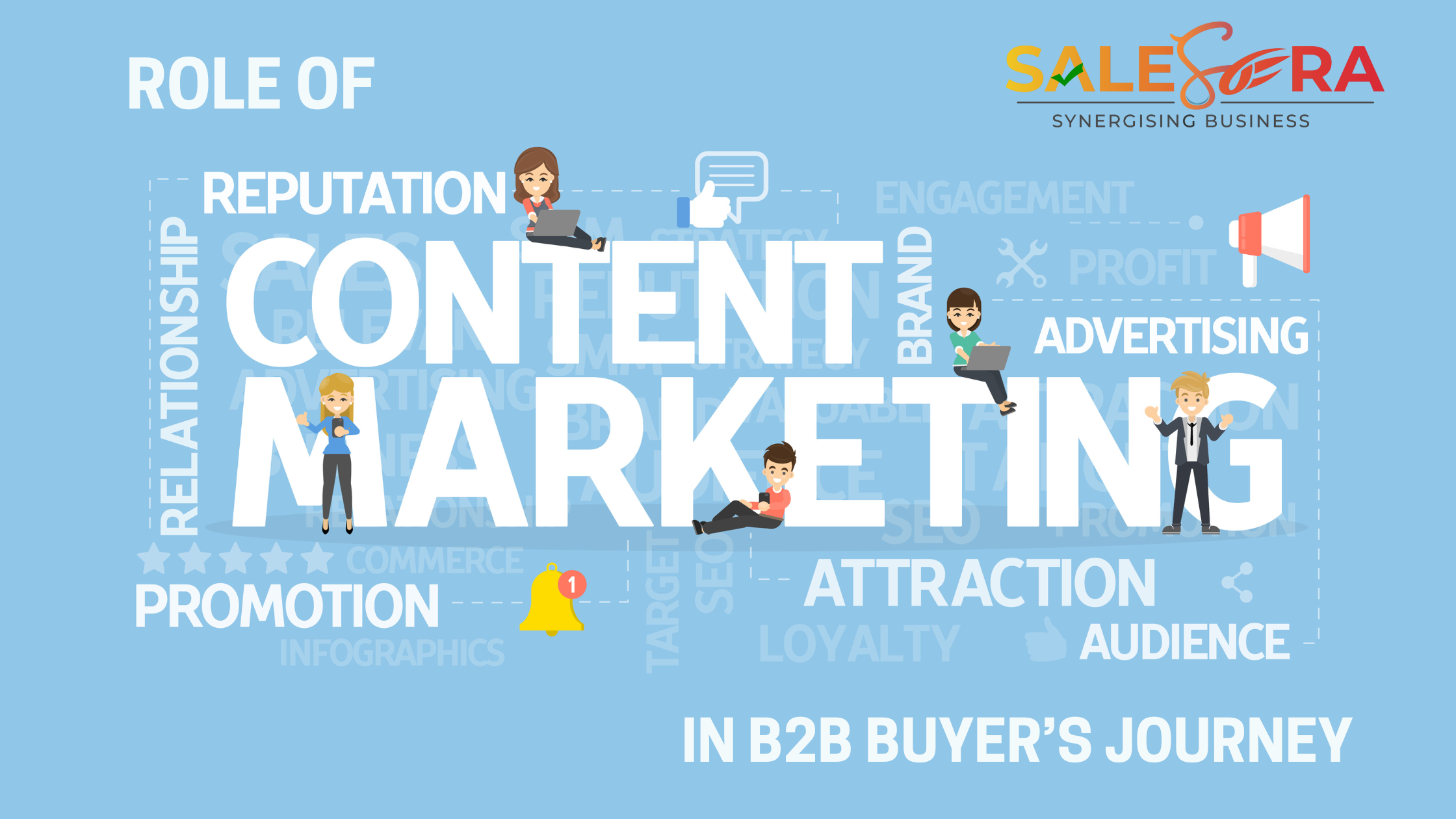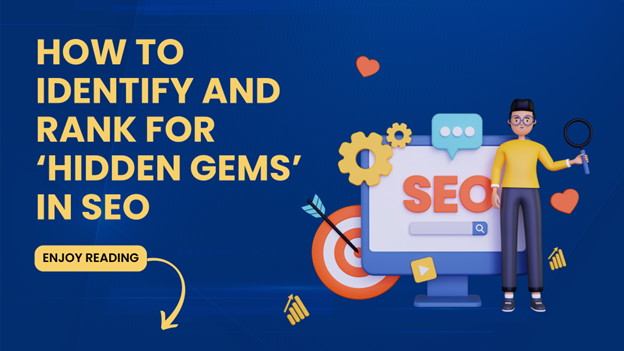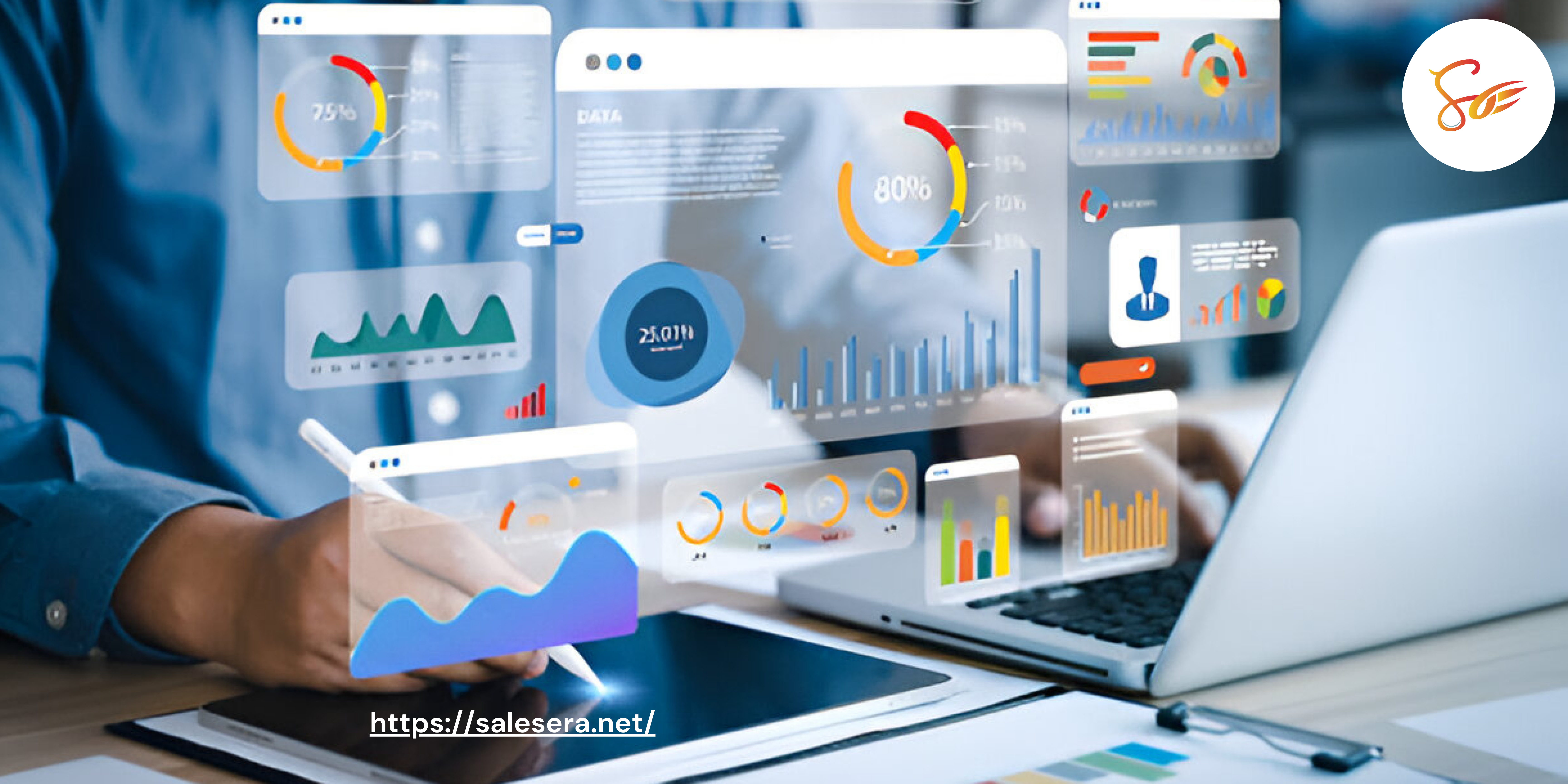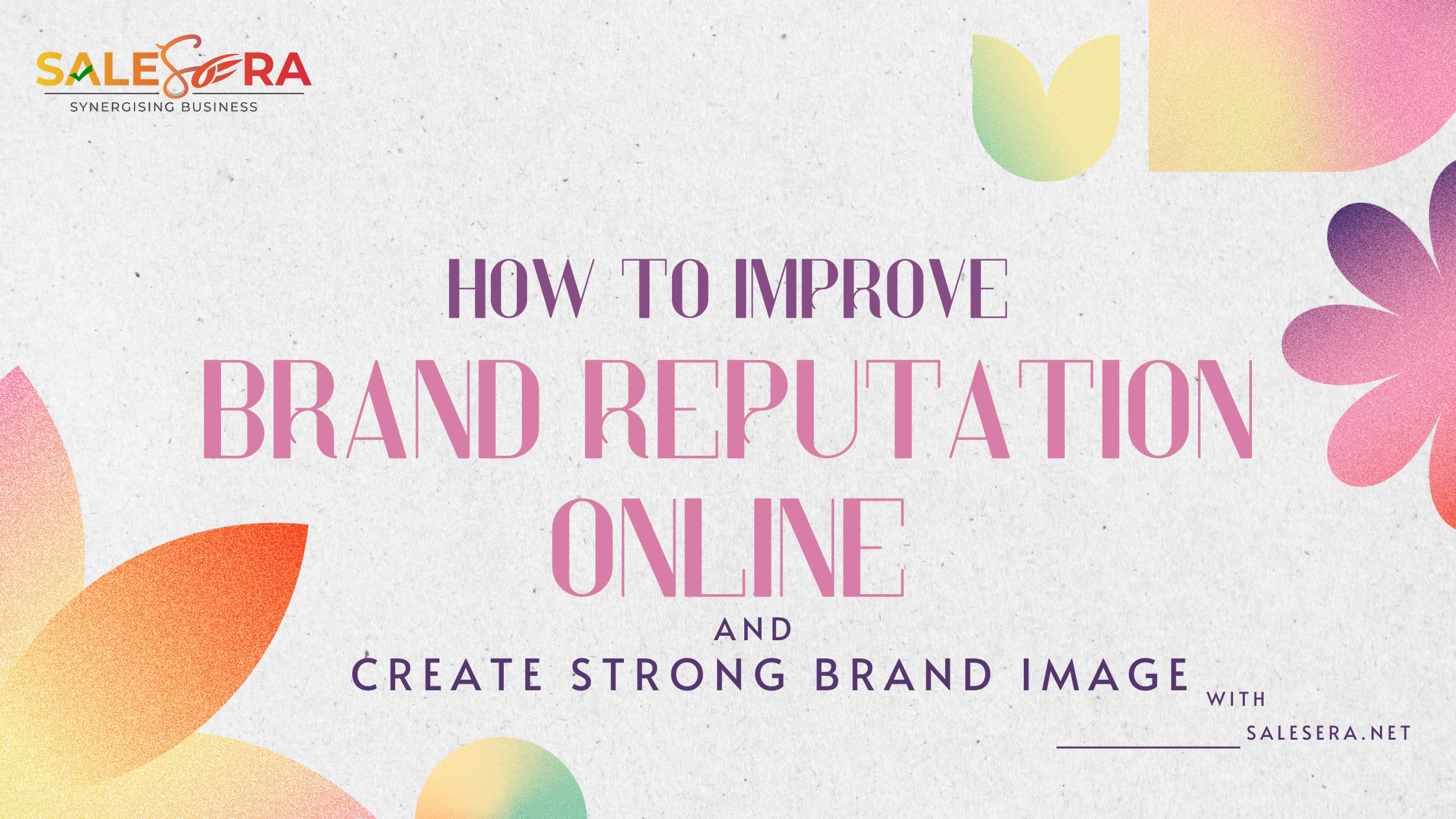“In B2B marketing for 2024, short articles and posts are at the forefront, with a usage rate of 94%, an increase from the previous year.”
A Forbes Advisor on March 28th 2024
What is B2B Content Marketing?
B2B content marketing occurs between two companies, where one advertises its product to the other via a marketing plan called the B2B Content Marketing Funnel. Reading this blog will guide you through each stage of the content marketing funnel and educate you about different B2B content marketing types and formats.
B2B Content Marketing Funnel and Plan
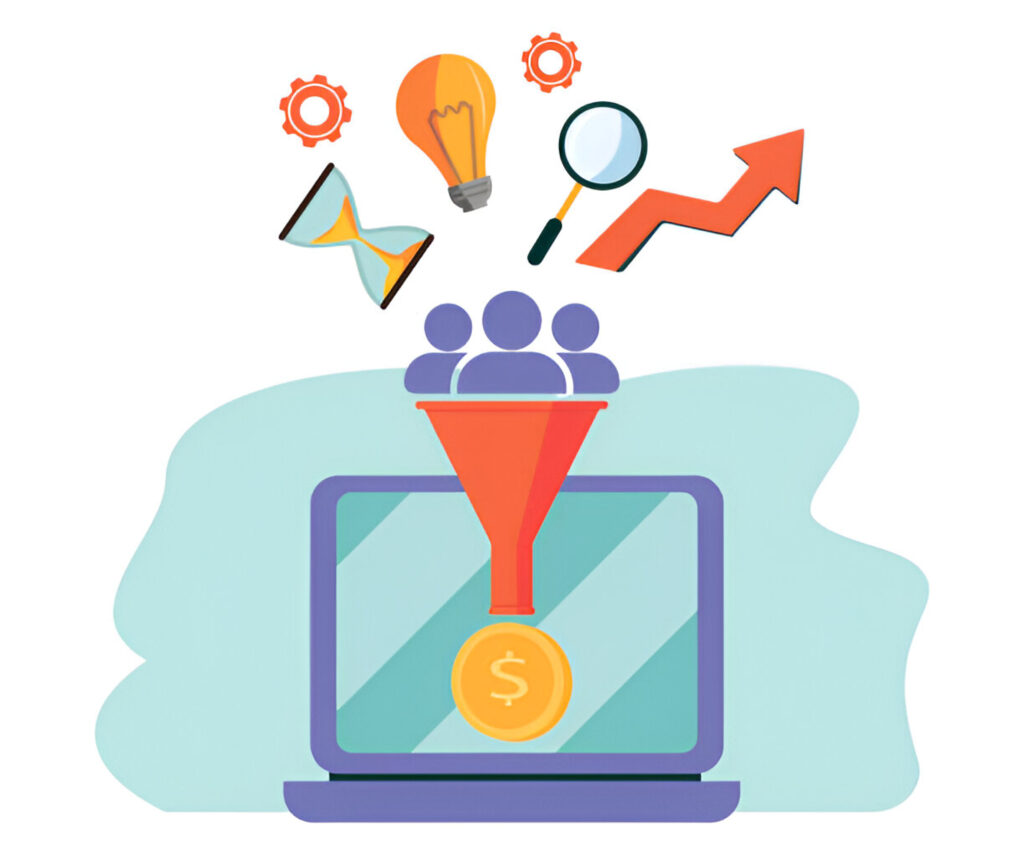
A. Awareness Stage
In the Awareness stage, the buyer notices symptoms of a problem but is still not actively searching for a solution. The customers might be reading blogs or newsletters to expand their knowledge.
B. Interest Stage
In the Interest or Consideration stage, the buyer has identified the problem and is now researching and evaluating possible solutions. The customer is considering the various content available to him, and assessing the services and products your company has to offer. They are also weighing your products against similar products from other companies. You can afford to be self-promotional and show the customer why your product will solve their problem best.
C. Decision/Conversion Stage
In the third stage, the customer is finally ready to make a purchase and your job is to make it as easy as possible for the customer to learn more about your company’s product. For example, having an easy-to-navigate website would be useful here.
Nurturing Leads: Content Formats & Types; Strategies for the B2B Buyer’s Journey
A. Awareness Stage: How Content Marketing Educates and Raises Awareness
At this stage, B2B content marketing types and formats aim to:
- Educate customers about industry trends
- Highlight industry challenges
- Offer solutions to industry problems
Examples of Content Marketing Formats for This Stage:
The different B2B content marketing formats that are used at this stage include:
- Blog posts that aim to solve industry challenges or common problems: For example: The mattress brand Casper has a post about how to fix your sleep schedule. This example attracts people who might need a new mattress but don’t know it yet. “Casper” subtly guided their customers to consider if their sleep schedule is being affected by the type of mattress they sleep on.
- Infographics that illustrate industry trends
- Educational videos that tackle problems similar to those of the buyer
- Social media posts that highlight the main issues in the industry.
- Landing Pages that include form submissions or any web pages that inspire customers to take a certain action, like a link to download the company’s free ebook on how to integrate AI in digital marketing in 2024.
B. Consideration Stage
1. How Content Marketing Helps Potential Buyers Evaluate Options
- Provide in-depth information about the company’s products and services
- Convey how your products can solve the buyer’s problems
- Build trust in your brand
- Stand out among competitors
2. Examples of Content Marketing Formats for This Stage
- Case studies that show how the product has helped other customers with similar problems
- Booklets that offer in-depth explanations about the product.
- Videos that offer Q&As
C. Decision Stage
1. How Content Marketing Influences Purchase Decisions
- Aim to convert potential buyers into actual customers
- Focus on proving how unique your product is
- Curating types of content that show how your product can help the customer
2. Examples of Content Marketing Formats for This Stage
- Tutorials showing how your product works
- Customer testimonials that convey the success of the product and how satisfied they are with it.
- Free trials that give the customer a chance to try out your services
- For example: The Serta product page details the mattress’s benefits and perks, reviews from happy customers, and unique selling points of the product.
Creating Effective Content for the B2B Buyer’s Journey
A. Content Marketing Formats and Channels
- Choosing the Right Channels for B2B Content to Reach Your Audience
SemRush’s guide on how to build an effective marketing funnel provides valuable insights into the appropriate channels for content distribution to effectively reach your audience. When distributing B2B content for each stage of the funnel, consider the following: more keywords more keywords
- Top of the Funnel (Awareness Stage):
- Content distribution should primarily occur on social media platforms such as LinkedIn and Instagram.
- Influencer marketing can be used, wherein influencers promote the content to their followers, thus extending the company’s reach and influence.
- Middle of the Funnel (Interest Stage):
- This stage includes content types previously discussed, such as webinars and tutorials. Social media and influencer marketing can be utilized at this stage as well.
- Additionally, organic search (SEO), paid to advertise, and email marketing become crucial in reaching and engaging the audience actively seeking solutions and evaluating options.
- Bottom of the Funnel (Conversion Stage):
- For content aimed at the conversion stage, it is advised to focus on pay-per-click (PPC) advertising, email marketing, and SEO.
Challenges and Solutions
A. Common Challenges in Implementing B2B Content Marketing Types
Some challenges faced include: According to an article on Longitude FM, these are the most common challenges in B2B Content Marketing:
- Producing High-Quality Content
- To produce high-quality B2B content, it is suggested to:
- Research your top competitors’ content
- and see how they perform in the Search Engine Results Pages. This will give you an idea about the standard that your content should adhere to or exceed.
- To produce high-quality B2B content, it is suggested to:
- Generating Content Consistently
This step is crucial because, otherwise, not everyone will understand the value of your content in the marketing landscape and among competitors (B2B?)
- It is best to adopt a clear content marketing strategy that ensures your content is prioritized and its importance is translated to stakeholders (internal and external).
- Developing a content calendar for the next six months is also advised. This lets you track how much content you need to create to stay on top of the game.
- Prioritizing Content Expertise
- The solution can take two roads:
- It involves hiring talents that have experience in content creation or asking an external team for help. Experience in design, journalism, and technical domains is essential in creating a team that produces high-quality content.
- If the internal team isn’t equipped with the right skill set, it would be best to hire an external team to produce content.
- The solution can take two roads:
- Understanding Different Buyer Personas as Part of Your Strategy
There are several types of customers; some prefer videos, some how-to guides, and others tutorials. It is best to personalize content to each customer’s tastes. Knowing what your customers prefer might seem complicated, but all you have to do is ask! According to the article on Longitude, 58% do not.
Measuring Content ROI Accurately
- Ever since digital marketing has grown in relevance and importance, there’s been a growing emphasis on measurement and analytics.
- Suppose you are not monitoring and analyzing metrics, such as tracking the traffic flow to and from your content, social media shares, backlinks from posts, and your site’s domain authority. In that case, you won’t be using digital marketing to its full advantage. It might also be useful to track the number of visitors each piece of content generates to know how well your content is performing.
- Creating Buy-In Among Stakeholders
- Creating successful B2B marketing content doesn’t happen overnight; it requires a foundation built over time.
- It’s important to show your stakeholders the long-term benefits of content marketing using statistics and case studies.
- Setting clear goals for each piece of content, such as generating more leads, helps justify the investment and proves how effective your content could be.
Elevate Your B2B Content Marketing Game
Understanding the B2B Marketing Funnel is crucial for effective B2B content marketing. By mastering each stage and utilizing the best types of content, the impact and visibility of your company in the market would go very far. But it is also wise to keep in mind the challenges one faces in implementing marketing strategies and to always stay on top of industry trends.
Generating the right type of B2B content marketing types and formats in this day and age can be a very challenging feat. With the rise of digital marketing and competition levels like never before, it can be hard to be seen in the digital market. If you’re ready to elevate your content marketing strategy and drive real results, Contact SalesEra today to get customized B2B Content Marketing Strategies tailored to your business needs!
written by Malak Al Najjar

